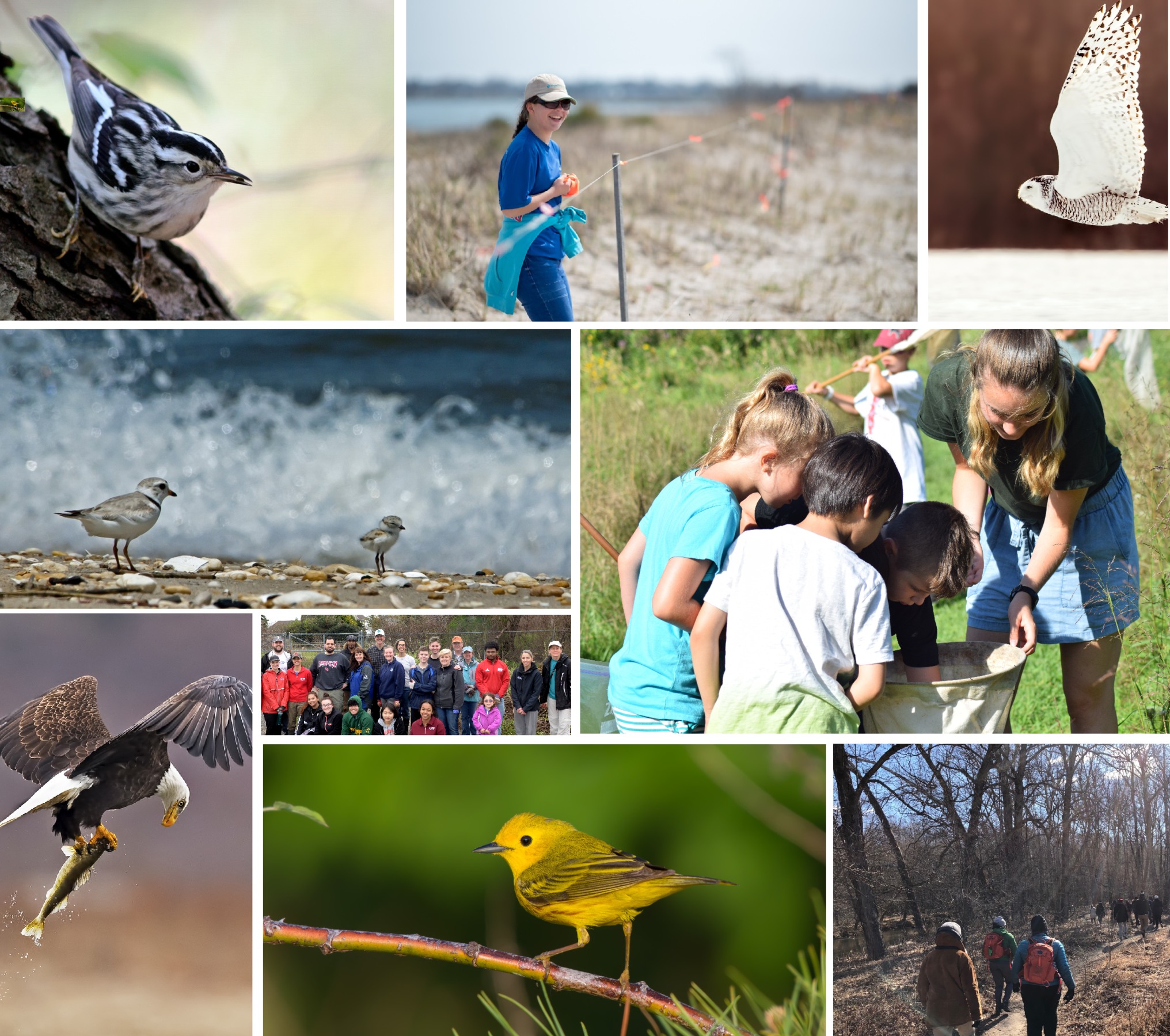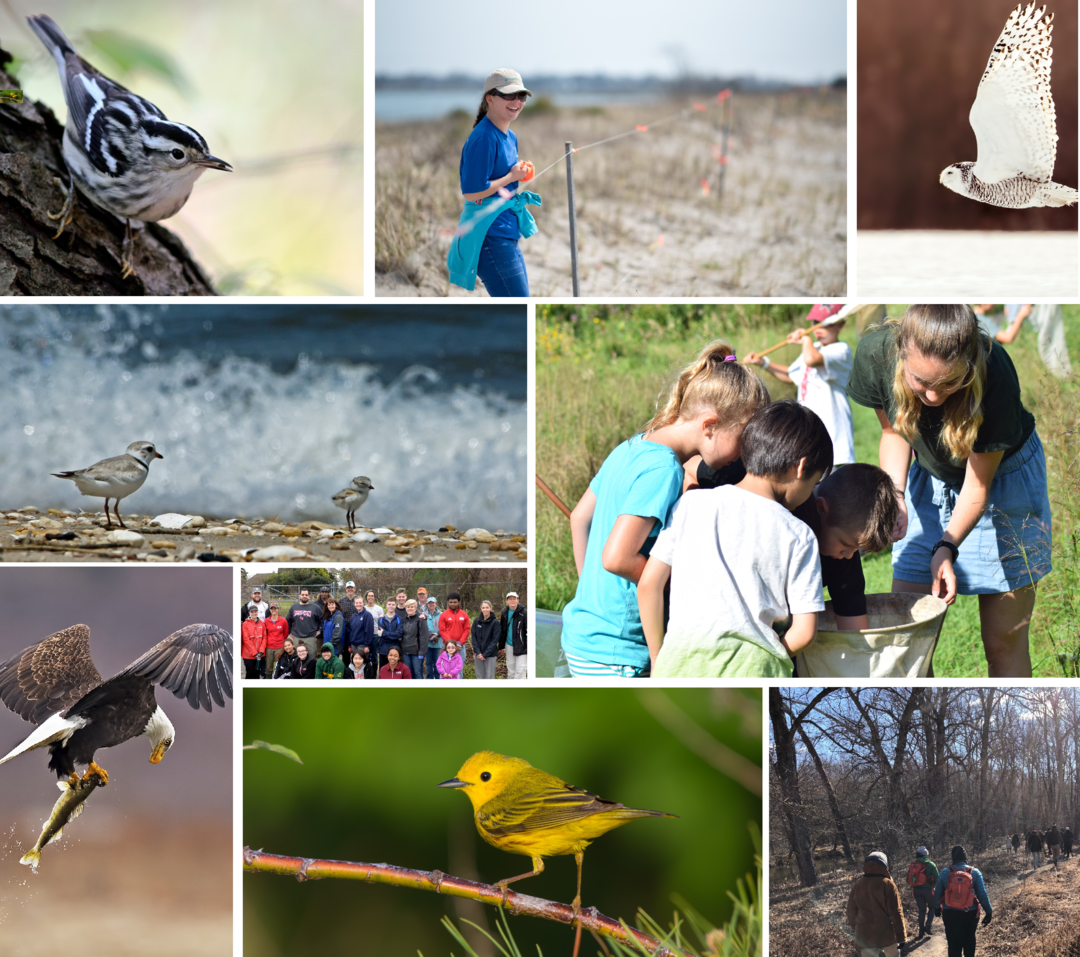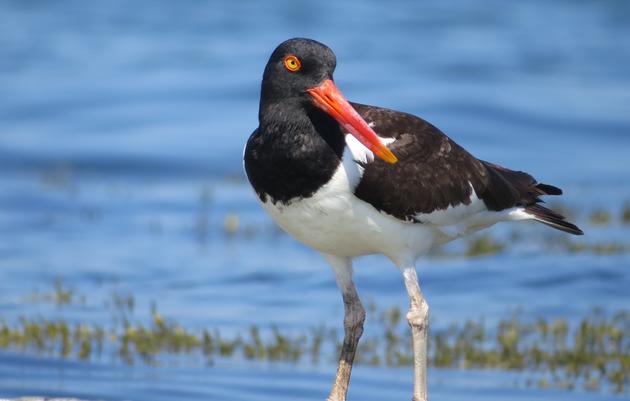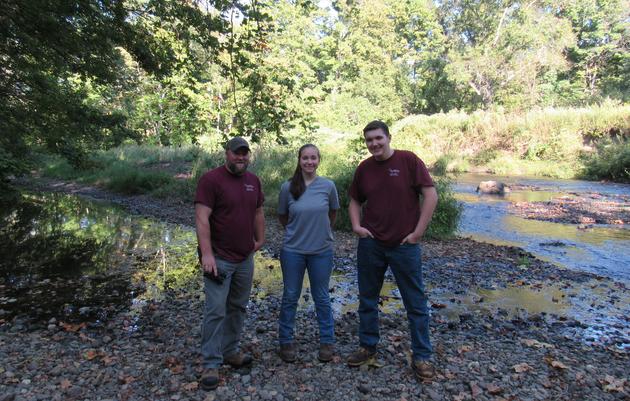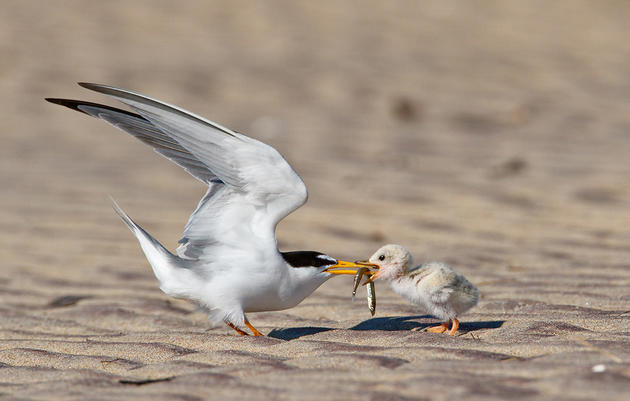As 2019 comes to a close, we want to say thanks for the many accomplishments that were made possible by all of YOU—our volunteers, bird advocates, and partners in conservation. Our statewide network—led by scientists, educators, and on-the-ground chapter members—moved the needle for conservation in Connecticut and opened so many new doors to opportunity. We can’t wait to see what the next year has in store.
But first, a celebration of all we did together in 2019:
We opened our advocacy efforts to the seas and skies.
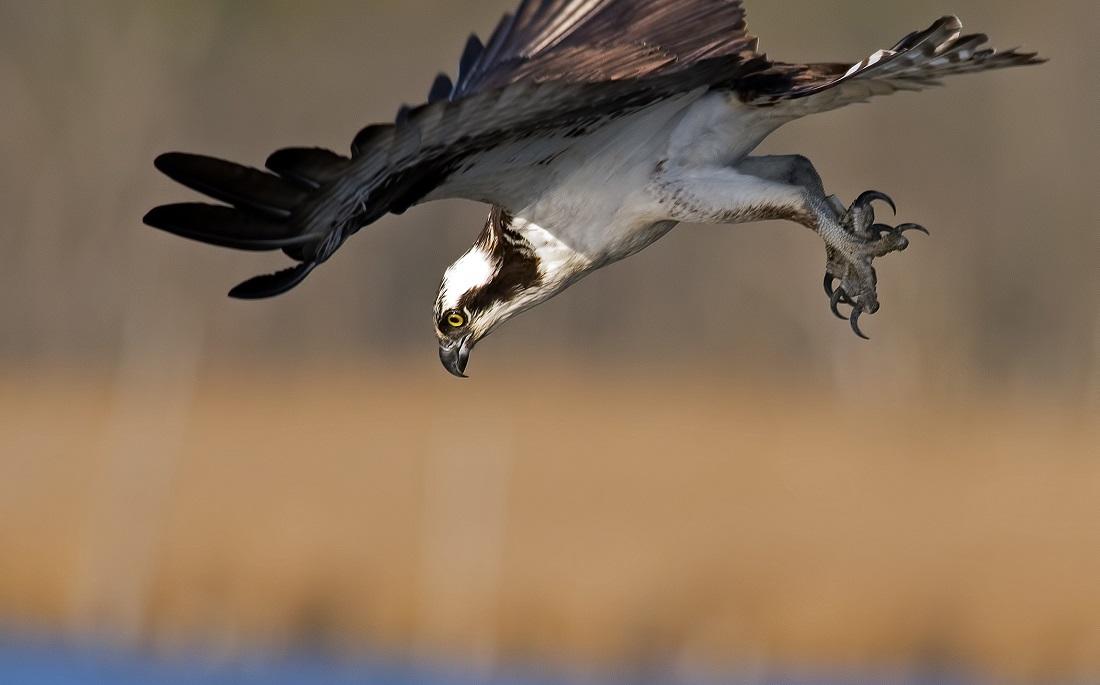
As part of the implementation of H.B. 7156, an “Act Concerning the Procurement of Energy Derived from Offshore Wind,” our Director of Bird Conservation joined an official commission to provide input on best practices for avoiding, minimizing, and mitigating any impacts to wildlife, natural resources, and ecosystems. At the state and federal level, we are committed to urging elected officials to support climate solutions, including the development of responsibly-sited and operated renewable and clean energy (wind and solar) in our communities and beyond.
We also started asking, “What can we do about the seabird extinction crisis?”, and asked our members to voice their support for the Forage Fish Conservation Act. Over 500 of you have already signed our Action Alert!
We expanded our American Oystercatcher banding and nest camera program, and for the first time ever…
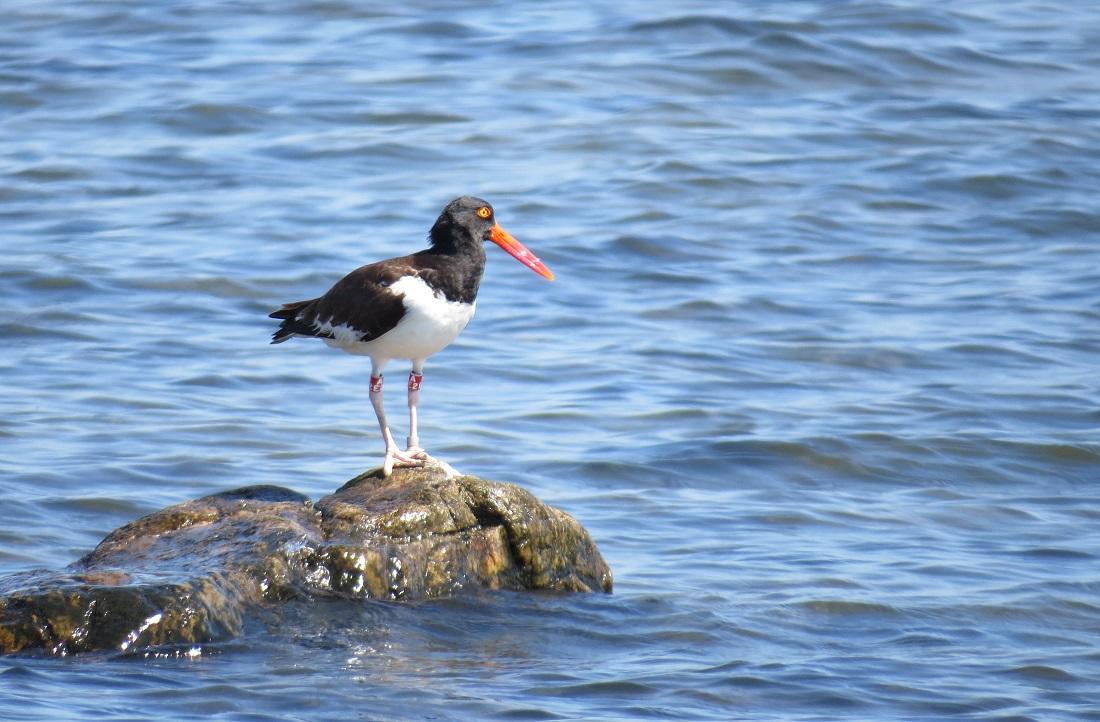
Watched an American Oystercatcher nest survive a washout! This amazing scene was captured on camera this year after we started stationing them on beaches to monitor nest activity more closely. We got another big surprise when two American Oystercatcher chicks fledged on a beach monitored by our Wildlife Guards. It was the first time oystercatchers successfully nested at the site since the beach reopened to the public in 2014.
It was a good year for Piping Plovers too, due in large part to a growing effort of local towns and cities to help birds and beachgoers “Share the Shore.”
We took our commitment to inclusivity to the next level
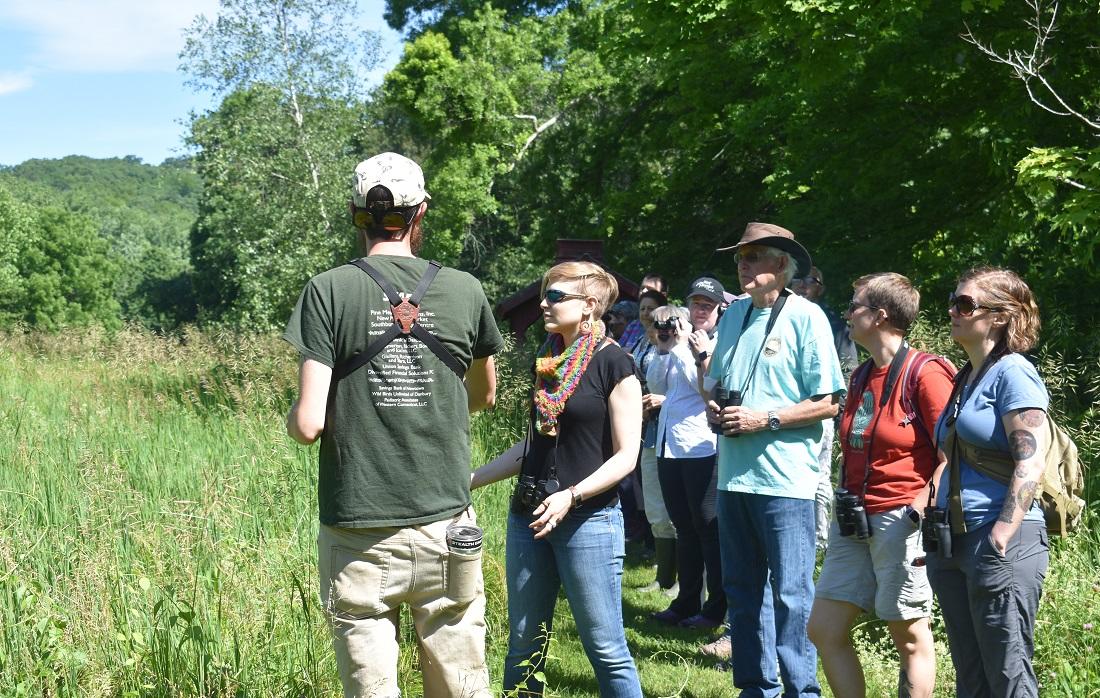
Audubon Connecticut believes our conservation work is enriched and made stronger by the contributions of individuals and communities with diverse experiences, perspectives, and values. To that end, we launched a “LGBT: Let’s Go Birding Together” series of bird walks at each of our three centers this June. Monthly walks continue at our Bent of the River Audubon Center!
The Greenwich Audubon Center launched an exciting initiative focused on accessibility and inclusion called “Audubon for All.” Already, the Center has developed programs like “Sensory-Sensitive Saturday,” added new accessible trails, and has plans underway for sensory gardens and bilingual signage with braille.
We hosted 23 different bird walks, presentations, and special demonstration days to help birds thrive in the Lyme Forest Block

By 2040, Audubon aims to improve five millions of acres of forest habitat across Connecticut and New York for birds and people. Our Lyme Forest Block Conservation Project set a seriously high bar for what we can achieve by working together with foresters, woodland owners, land managers, and partners like local land trusts.
This 60,000 acre wooded area provides critical habitat to the Cerulean Warbler and Wood Thrush, the worldwide populations of which are declining drastically and are threatened with extinction. By leading and coordinating habitat improvement projects and demo sites, we can create quality habitat and healthier forests.
With the help of volunteers, we made habitats for birds healthier and more resilient.
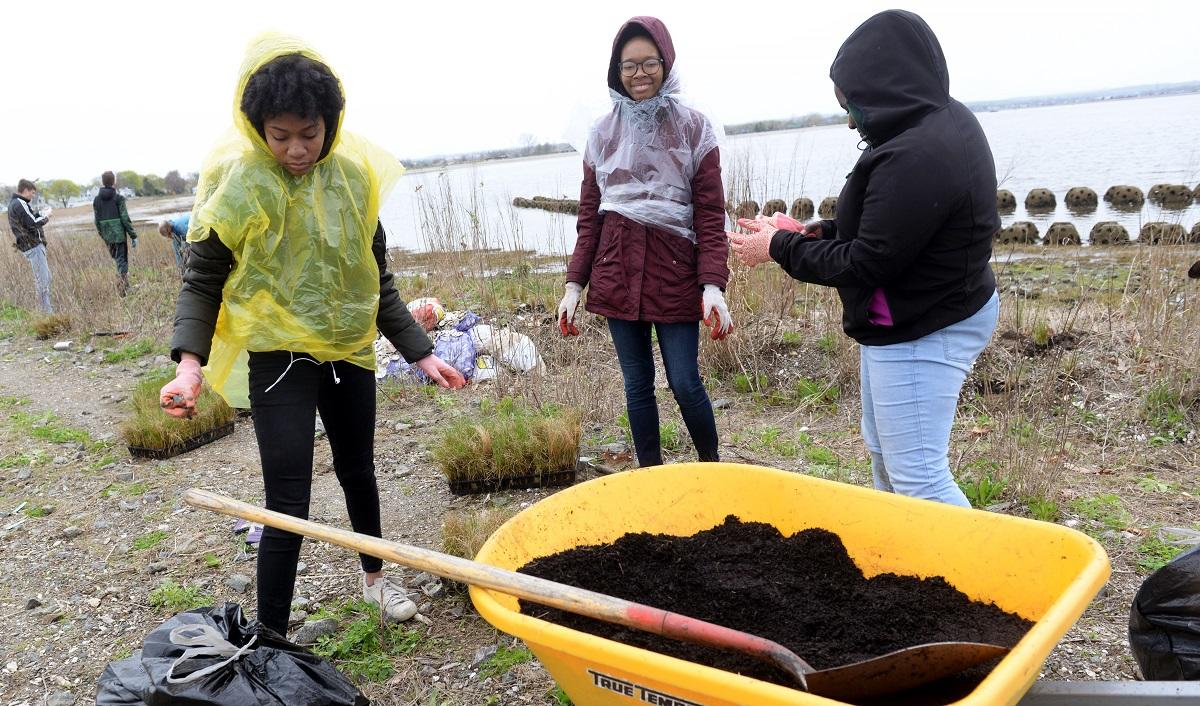
At our Bent of the River Center, Junior Forest Technicians—high school students from a local school of agriculture—worked on an apple orchard “release” project, aiming to open up the forest canopy and release apples. With apples come insects and, we expect, an increase in warbler numbers and diversity.
On the coast, we hosted a public forum and expert panel discussion to begin asking and answering the question: How can we help birds and people facing climate-related threats like sea level rise?
Protecting and restoring salt marsh and other wetland habitat is essential to reducing loss of life and property. Great results can already be seen at our Stratford Point living shoreline project, where a salt marsh has re-established itself in just four years thanks to the work of Sacred Heart University students.
And, of course, we provided more essential homes to birds!
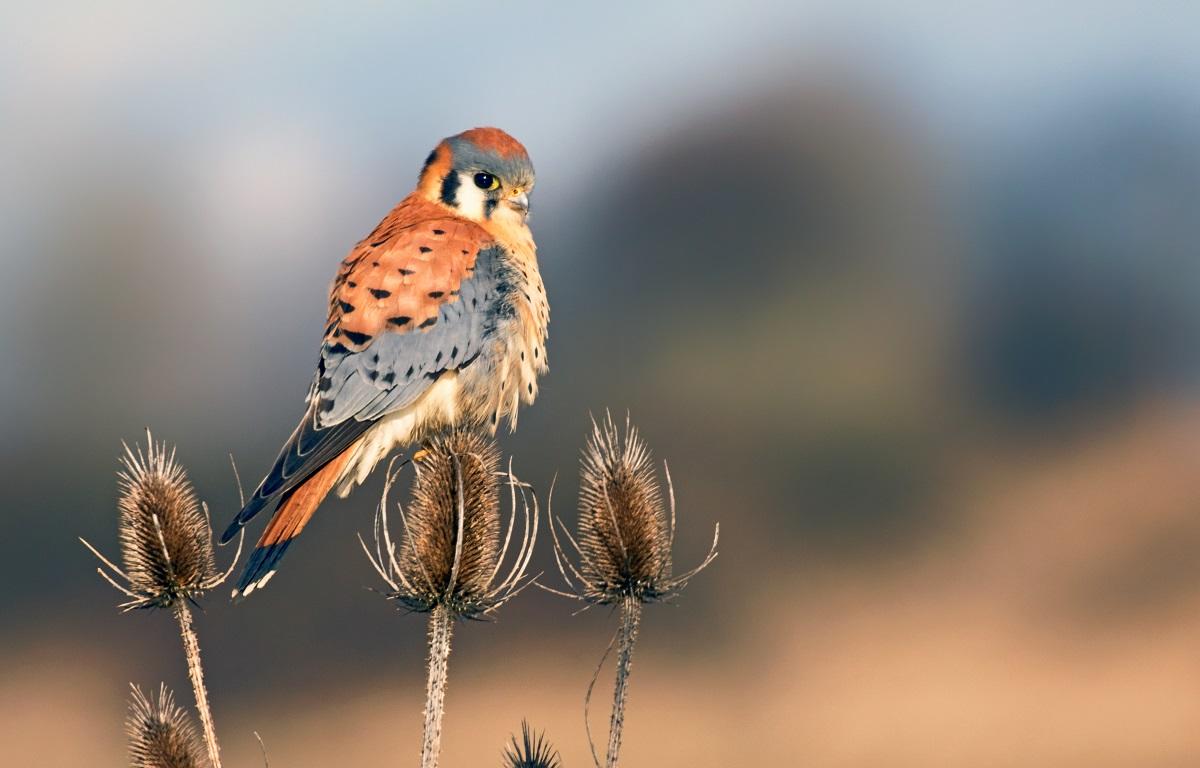
At our Sharon Audubon Center, the Kestrel Nest Box program is thriving. It includes more than 80 nest boxes, mounted and monitored throughout Northwest and North Central Connecticut in 26 towns. This year, Mike Dudek—nest box manager and bird bander extraordinaire—watches 44 newly-banded local fledglings head south for the winter. In March, before the kestrels return for the breeding season, we’ll replace, repair and provide nesting material for last years’ nest boxes, as well as target new locations that suit this birds’ preferences—mostly large open fields/grassland habitat.

